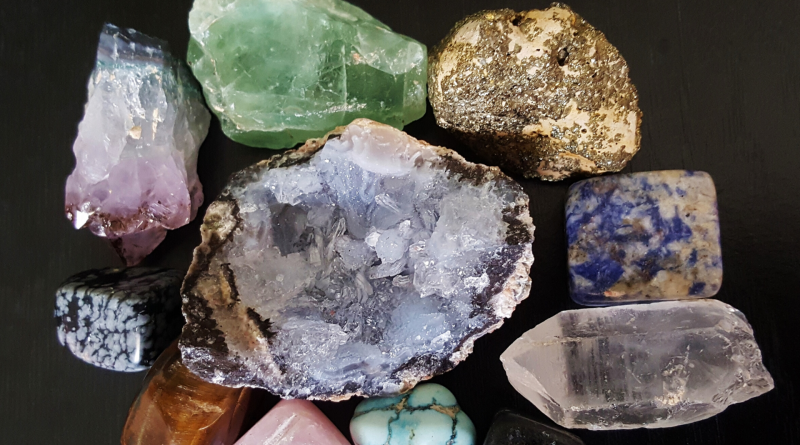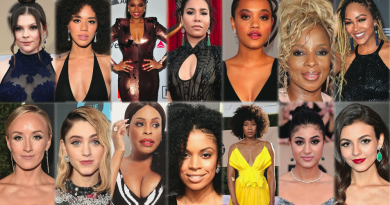Recycling Secondary Markets & New Sustainable Materials in Jewelry
Recycling Secondary Markets & New Sustainable Materials in Jewelry
Consumer preferences are developing around sustainability, as Millenials and Gen Z are becoming more eco-friendly towards the environment. Recycling has become more relevant than ever thanks to those who are environmentally conscious. Incorporating sustainable materials within products drives eco-friendly consumers to products instantly, as they have learned to constantly reduce, reuse, and recycle. But how can recycled materials be incorporated into the luxury sector, especially the jewelry industry?
Jewelry designers and brands are actively implementing eco-conscious practices in mining, sourcing, cutting, designing and manufacturing and have began to transition to environmentally methods appealing to both environmental ethics and consumer preferences.
Luxury product manufactures can improve their identity and quality by pursuing sustainable development according to consumers’ awareness of social and environmental issues. It is well known that gold mining, and mining in general, contributes to global sustainability issues. Issues include – effects of chemicals like mercury and arsenic, and ethical issues like exploitation of labor and child labor. For these reasons, two important organizations—Alliance for Responsible Mining and Fairtrade Labelling Organizations International—launched the first Fair Trade certification for gold, in order to boost certified gold miners” (“Could Black Be the New Gold? Design-Driven Challenges in New Sustainable Luxury Materials for Jewelry”). Consumers demand responsibly sourced gold to have a different names. These types of gold are already used in jewelry production, “in forms such as lightened gold (375/1000 or 9 K gold, for example), in which the percentage of pure gold is reduced (33%) compared to 18 K (75% pure gold) or 12 K (50% pure gold). The latter two gold alloys are more popular in Italy, thanks to their golden color, and are more appreciated by consumers of luxury jewelry” (“Could Black Be the New Gold? Design-Driven Challenges in New Sustainable Luxury Materials for Jewelry”).

In 1995, the World Business Council for Sustainable Development, a coalition of 120 international companies committed to economic growth and sustainable development, published Sustainable Production and Consumption: A Business Perspective. This report “defines sustainable production and consumption as involving business, government, communities and households contributing to environmental quality through effective production and use of natural resources, the minimization of wastes and the optimization of products and services” (“New Trend in Jewelry Industry and Sustainable Materials to Develop Lifestyle Products”). This should be implemented in all industries, especially the jewelry industry. Materials should be collected from natural renewable resources and enhanced with creative design thinking. Natural seeds can be used as beads to make necklaces, like Rudraksh and Gunja, due to their different colors and sizes. Other materials like flower buds, shells, nuts, and leaf structures have certain possibilities to be converted to design process. Coral, snail/conch shells and pearls are suitable for contemporary design. Designers have the ultimate power to enforce others to be environmentally friendly, as once a new material and design enters in the market, it as the potential to grow (“New Trend in Jewelry Industry and Sustainable Materials to Develop Lifestyle Products”).
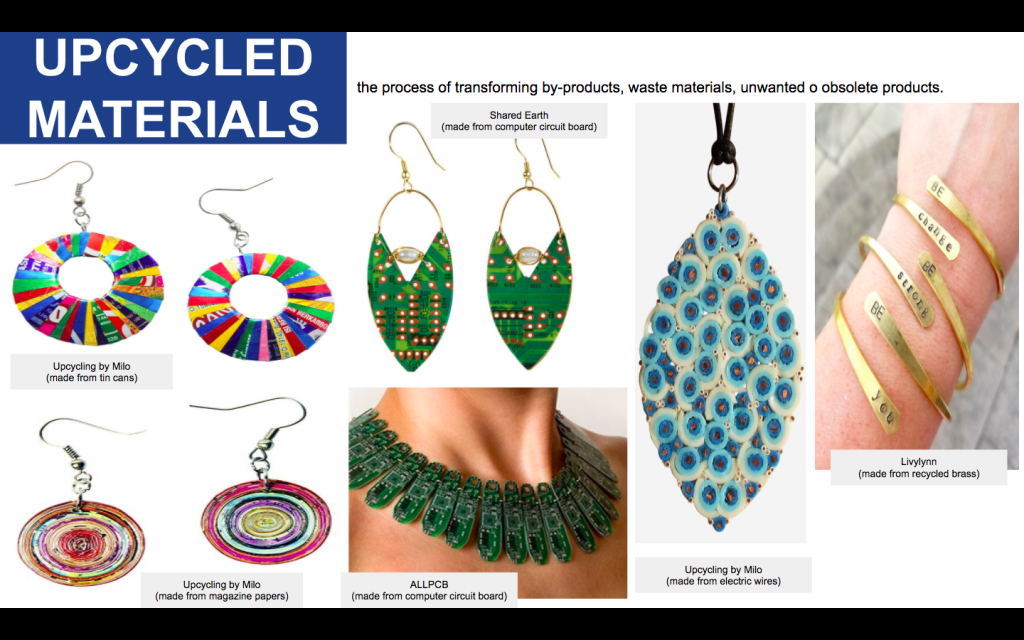
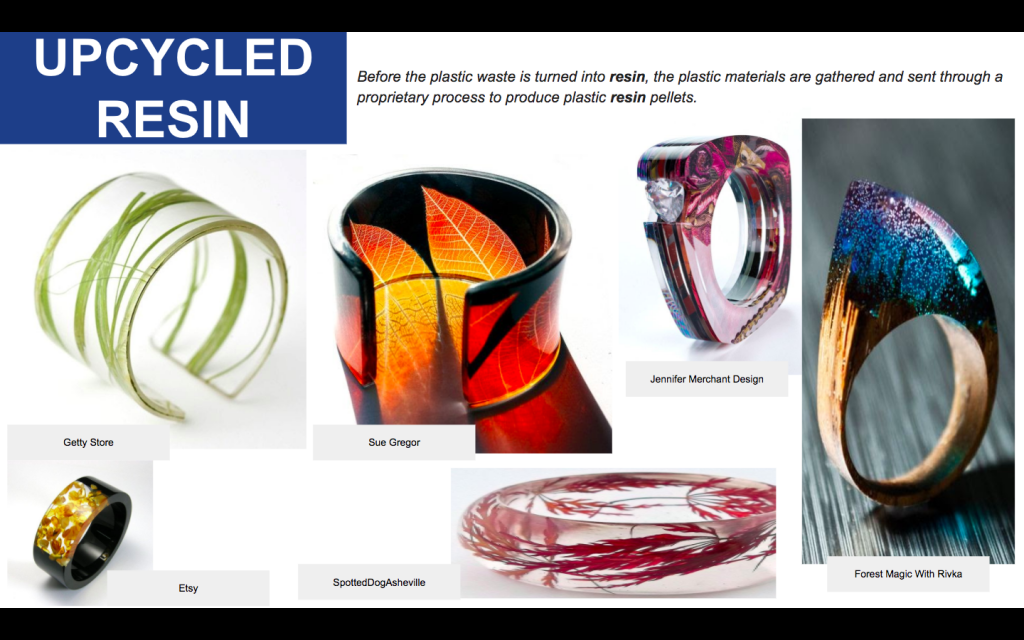
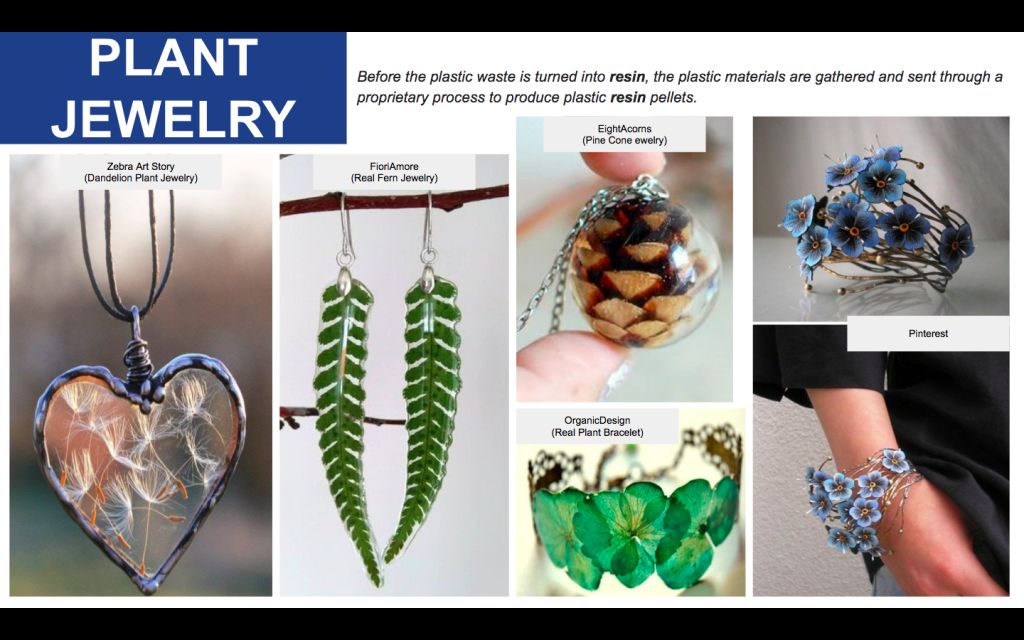
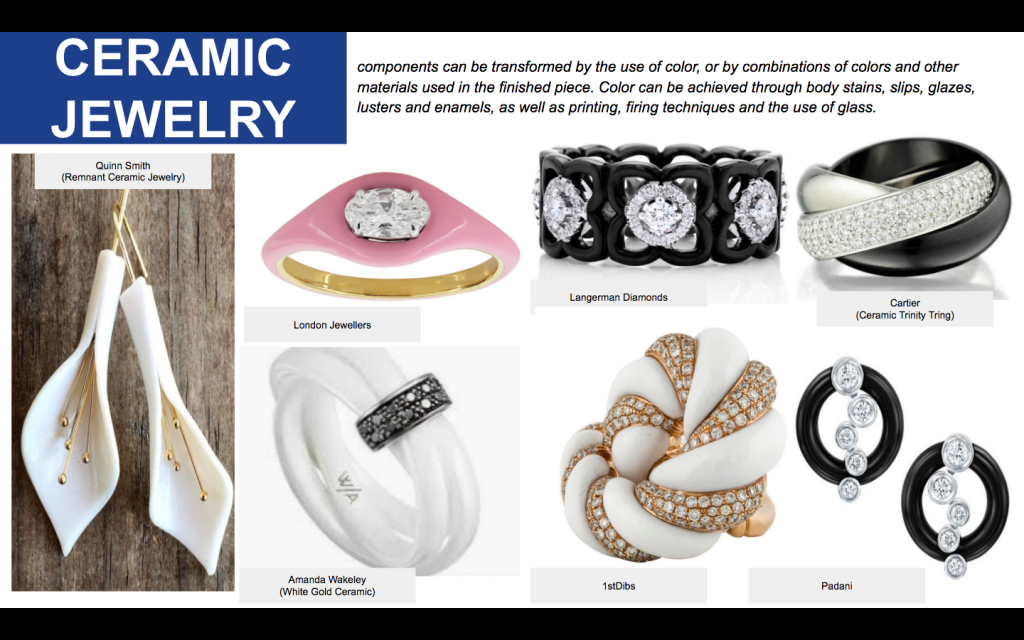
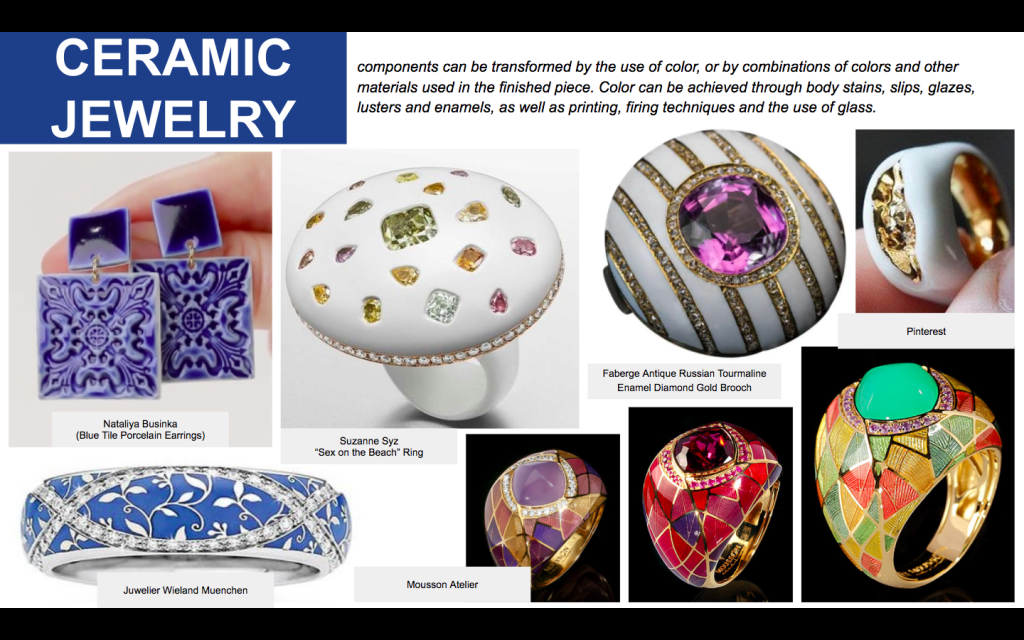
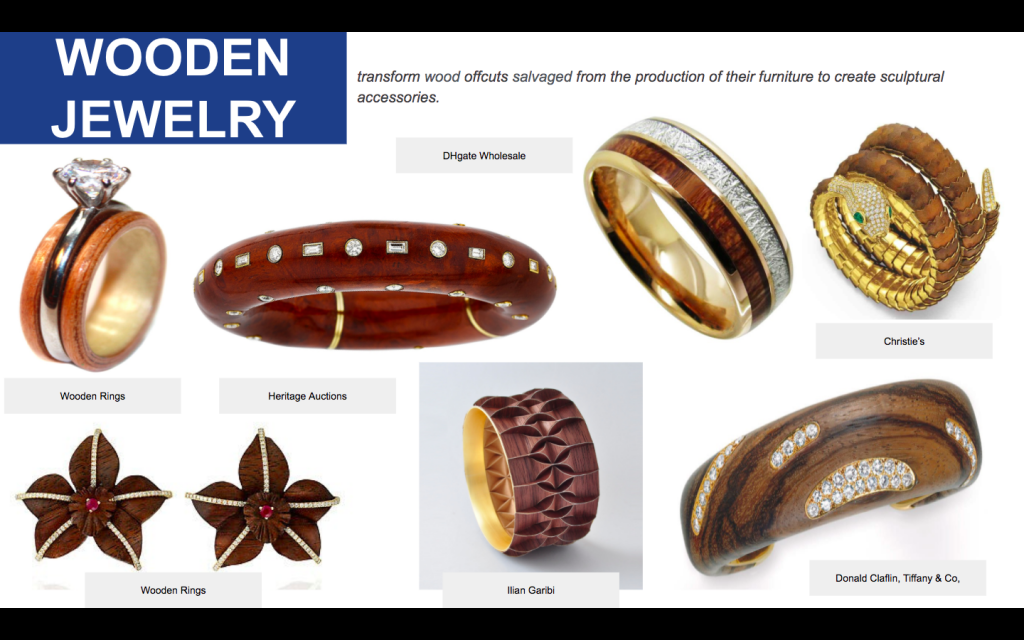
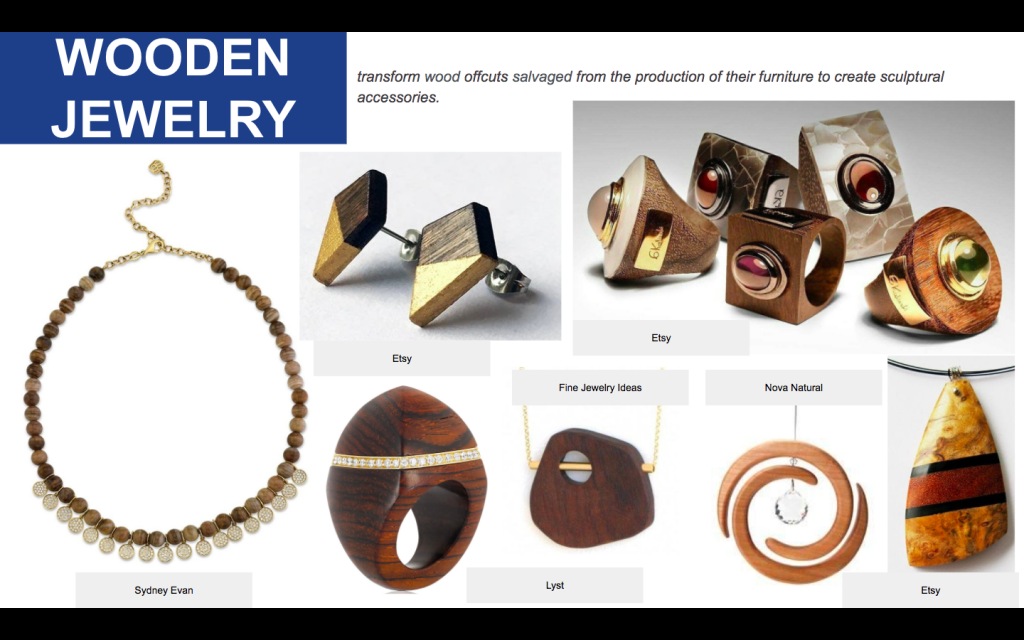
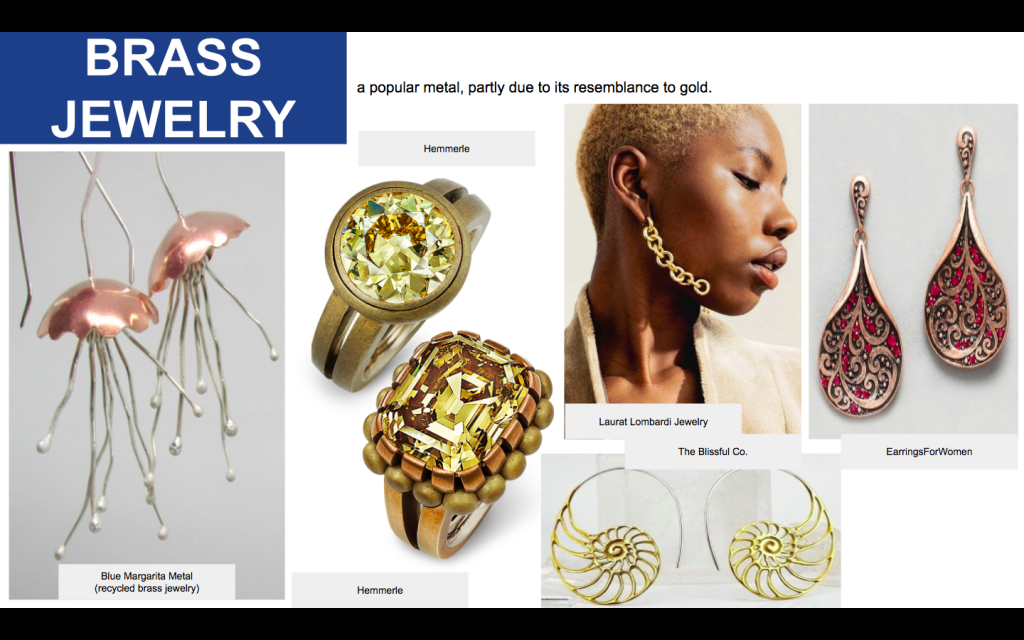
Environmentalism is now considered to be “vogue” and companies who venture into green territory stand to fare extremely well. Unity Marketing firm performed a trend report on “Green Marketing and the Luxury Consumer” discovering that wealthy consumers, particularly women, are increasingly looking at a company’s environmental practices before a purchase. Eco-jewelry is “a relatively young category that includes the recycling of old jewellry, the reworking or “up-cycling” of items to give them second lives in jewellry pieces, minimal-impact manufacturing and packaging, and the use of gems and metals mined via less-intrusive methods” (“Jewellery Goes Eco-Friendly”). This trend began in 2004 with the launch of campaign No Dirty Gold, designed to draw attention to the impacts of irresponsible gold mining with a view to engendering change. In 2006, the Madison Dialogue launched in New York, where jewelers and mining executives met with conservationists and jewelry council representatives to set-up sustainable development and best-practice initiatives. Since then, manufacturing companies have escalated to accommodating these demands. Hoover & Strong, stocks list of US jewelers in over 20 states, now “comprising 30,000 products made from 100 per cent recycled gold, platinum, palladium and silver, and paired with conflict-free diamonds and fair-trade gemstones” (“Jewellery Goes Eco-Friendly”).
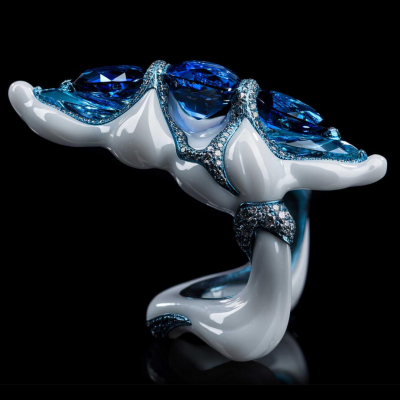
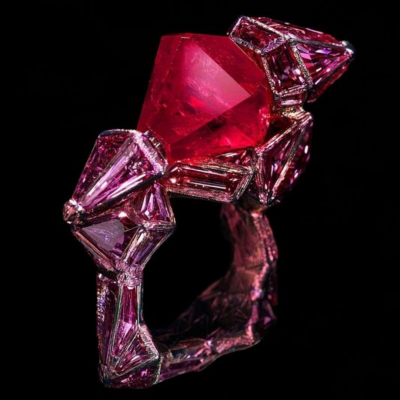
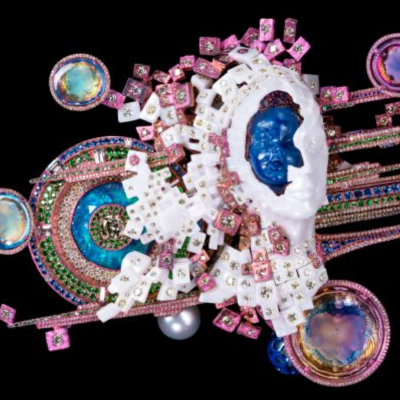
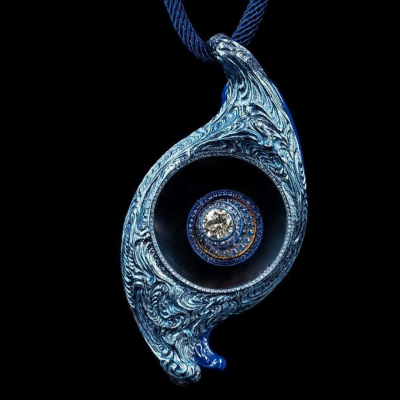
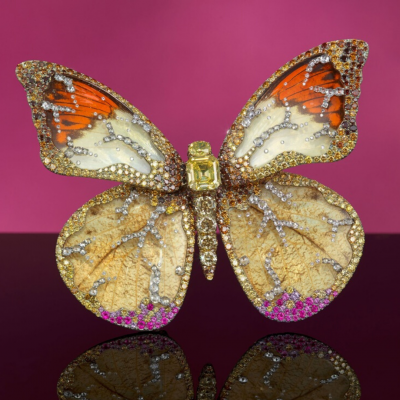
Wallace Chan, regarded as one of the world’s top jewelry designers and revolutionary gemstone setter is extremely meticulous in his use of materials. His titanium collection encapsulates colors, eco-friendliness and durability. Titanium is a difficult metal to work with, but with his extensive research and a sole workshop dedicated to creating this material, he’s creating works of art! In late 2018, he unveiled a new material called ’Wallace Chan Porcelain’ that is five times stronger than steel. This game-changing and unbreakable material led to a series of exquisite jewelry pieces with bold use of colors and gemstones (“This Jewelry Designer Has Created Porcelain That You Cannot Break”).


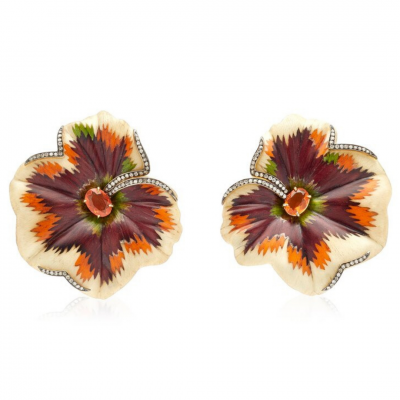
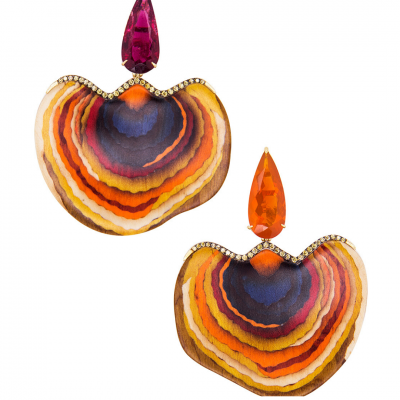
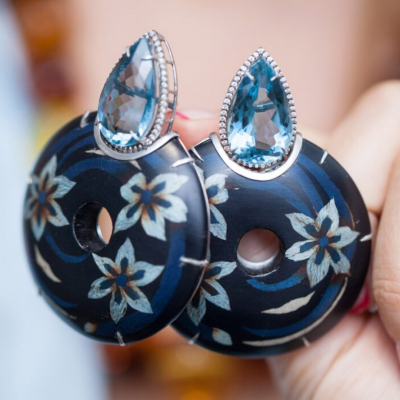
Silvia Furmanovich, a renowned fine jewelry designer embraces the beauty of Brazil’s rainforest in jewelry. She was an early proponent of mixing previous materials like gold and diamonds, with colored gemstones and natural materials like seashells, wood and orchid petals preserved in lacquer. (“The Beauty of Brazil’s Rain Forest, in Jewelry”). She finds unique craft items from her travels to incorporate in her designs. Her ‘Botanical’ collection is based on wood marquetry techniques applied to sculptural, three-dimensional surfaces. The coalescence of nature with cultural elements is an ode to Brazilian artistry (“Silvia Furmanovich’s Latest Jewelry Collection is Inspired by Brazilian Nature”)
At PHERES, we are extremely careful with the source of materials we use; because of this, we implement the UN Resolution on the Kimberly Reports of ethical sourcing of diamonds and only work with supplies and manufacturers that adhere to this. We also work closely with clients looking to transform their existing pieces into something new and contemporary. The brand is cautious of ways to implement sustainable practices in all arrays of the brand, ensuring that materials are sourced ethically, while nurturing a cultural and gender diverse team.
All in all, the major benefit of reusing materials is the resource and energy use that one saves avoided by reducing the production of new materials. By jewelry designers reusing not only their own pieces, but also the recycled materials that people contribute to, they will preach the environmentally friendly consumers’ demands! It is important, now more than ever, to protect what Mother Nature had created for us. Utilize the resource around, and make sure to cherish the environment. Who knows how long we have left on this Earth?


